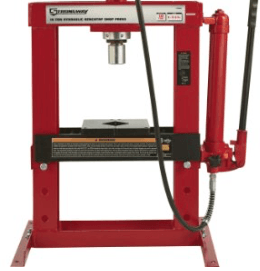What Shoe Factory Equipment do I need to make custom Sneakers?
Shoe Factory Equipment : What do I need to make custom Sneakers?
There is a small but growing group of young shoe makers that are making high end custom shoes. These shoe makers started repairing and replicating Nike™ classic kicks but some have moved onto the creation of unique custom one-off shoes.
Wired™ magazine recently ran a story on custom shoe maker Jacob Ferrato. The article “Go Inside the Workshop of the Custom-Sneaker King” appears in the June 2016 Issue. Read it Here!
See the Video here: JB Customs: Interview with Jacob Ferrato.
What equipment do you need to make a mini shoe factory?
What we are interested in is what shoe making equipment do you need to run a mini custom sneaker factory. You can see in the article and videos a few different machines. These are real industrial machines you will find in any sample room of a large shoe factory. These shoe sewing machines may be a little hard to find but they are all available in the USA, Europe and Asia. If you want to start a small shoe factory these are the machines you will need.
Pattern Cutting in a mini shoe factory:

Factory sample rooms have been looking at ways to speed up this process. A large shoe factory will use a computer driven plotter cutter, water jet cutter, or even lasers to cut materials. For a hand made shoe made without the use of a computer generated pattern, a machine like the new $2,300.00USD Glowforge machine may be the answer. This laser will cut any design you draw on the materials. This has the potential to revolutionize the custom shoe market. Check it out!
Once the parts are cut you can see the edges are being skived. In the video this is done by hand. This is a time consuming process and it’s very easy to damage the cut shoe parts. A shoe factory sample room will have a small electric skiver like this one, they don’t cost very much and will save time in our mini shoe factory.
Sewing Machines for a custom shoe factory
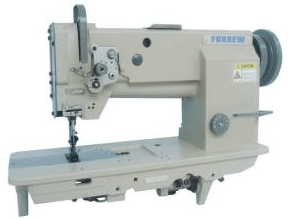
Once the up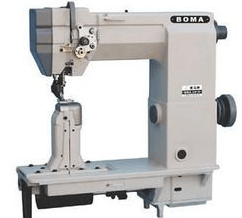
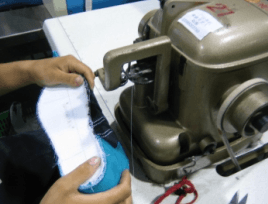
Now it’s time to assemble the sole onto the custom shoe. There are two more pieces of shoe making equipment our mini footwear factory will need. A sole press and a channel stitching machine.
Assembly of Custom Shoes
After the glue is applied to the upper and sole of the shoe it’s best to use a small press to make sure the bond is very strong. A bench top shop press is not expensive and can generate enough force to press the parts together.
The final must have piece of equipment for a small custom shoe factory may be the most expensive. This is a heavy duty channel stitching machine used to secure the upper to the shoe sole. This 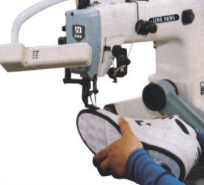
Because sole bonding with shoe cement is difficult for a mini factory, this machine insures the shoe bottom does not separate from the upper. This machine has a long arm that can reach inside the shoe allowing the stitches to secure the rubber and upper together.



